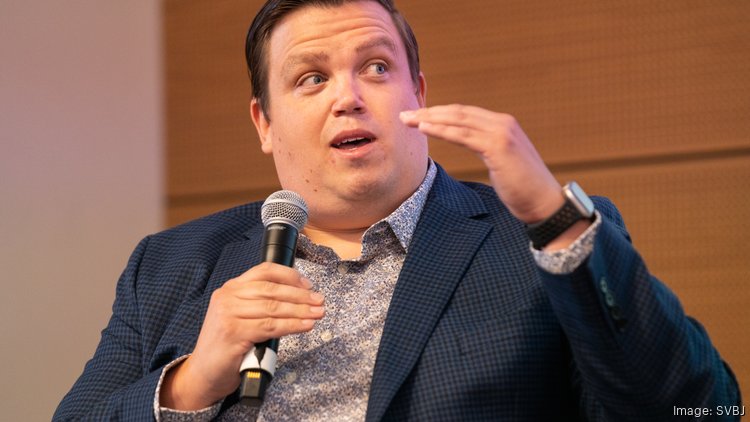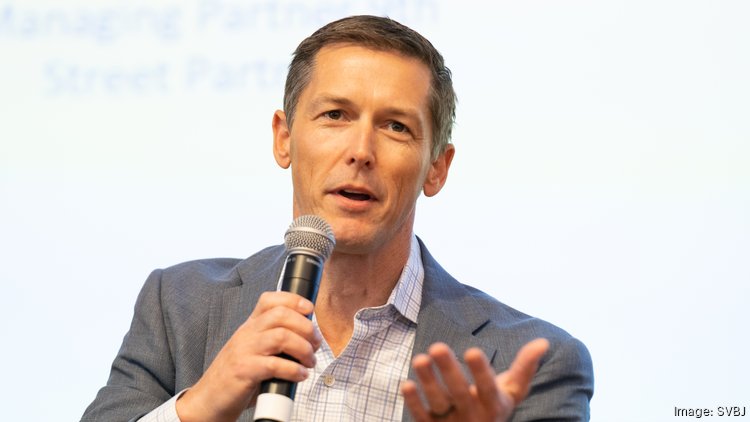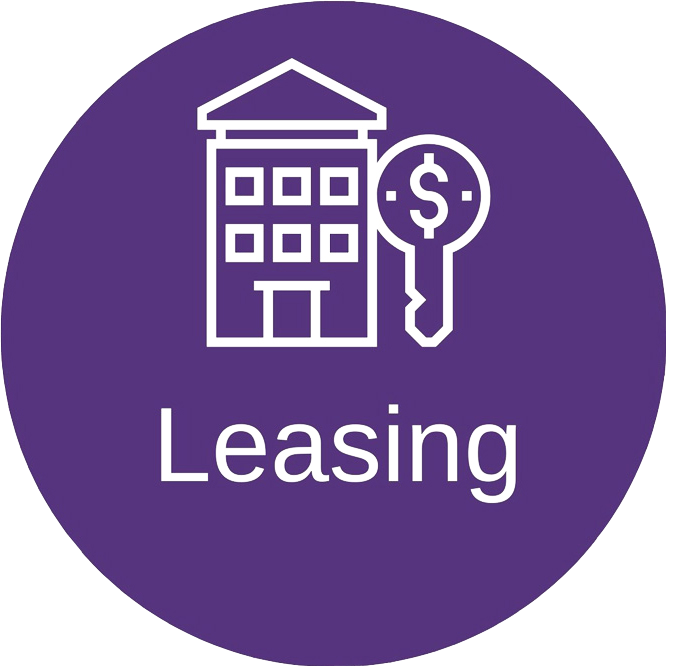
Future of Fremont: City sees challenge with finding places for advanced manufacturing construction
Future of Fremont: City sees challenge with finding places for advanced manufacturing construction
Nearly a year ago, Bloom Energy Corp. drew attention to its new facility in Fremont by inviting California’s best-known political figure — Gov. Gavin Newsom — to cut the ribbon. It had the added benefit of drawing attention to the city’s quest to define itself as a major hub for advanced manufacturing in the Bay Area.
Bloom, which has its headquarters about nine miles south in North San Jose, found something in Fremont that was practically tailor made for its needs to produce gigawatts of clean power and green hydrogen. It secured 164,000 square feet of new industrial space at Pacific Commons South, a 10-building complex on Fremont’s far west side that was developed over the past several years by Overton Moore Properties.
But while Bloom landed a prime location, others looking for a large footprint for advanced manufacturing for technology applications or biopharmaceutical needs may not be as lucky. Fremont, it seems, is running out of room.
“For the first time since the dot-com era in early 2000-2001, we’re 100% occupied,” said Matt Ebner, vice president and leasing officer for Prologis Inc., the San Francisco-based real estate investment trust that focuses on industrial facilities. Ebner said that means that Prologis, the largest landlord in Fremont with 4.5 million square feet and 112 customers, is all booked up.
Matt Ebner, VP and Leasing officer at Prologis, speaks during a panel discussion at the Future of Fremont event on June 27.
Across the Bay Area, Fremont and neighboring city Newark have by far the largest amount of manufacturing space — more than 20 million square feet, nearly twice as much as their next closest competitor, Santa Clara, which has 10.8 million square feet, according to first quarter data from real estate brokerage CBRE. The Fremont/Newark area had a vacancy rate of 2.8%.
“There’s no available land. There’s nowhere to build,” Ebner said. “You can get creative and start to look at opportunities to maybe tear down a building that’s not leasing well and build something new and or rehabbing it.”
But while Fremont has plenty of older, low-slung buildings that might lend themselves to renovation thoughts, actually pulling off a successful re-imagining is tricky. With all the upgrades necessary, the cost to renovate could well be as much as if someone built a new facility, Ebner said.
One new entrant to the region is 9th Street Partners LLC, a Southern California firm that wanted to break into the Bay Area market. Tom Ashcraft, the firm’s managing partner, said the diversity of the tenant mix in Fremont made the city a worthy destination,
“It’s really attractive to me to come to Fremont and see all the advanced manufacturing,” Ashcraft said. “We’re really trying to design our buildings to attract those tenants.”
Tom Ashcraft, co-founder and managing partner of 9th Street Partners, speaks during a panel discussion at the Future of Fremont event on June 27.
Ashcroft’s firm succeeded in securing a prime piece of open land in Fremont’s Bayside district, a mostly business-focused area on the city’s southern flank. The land they wanted was owned by Bay Area commercial real estate giant Peery Arrillaga, which has developed other projects for lease in the city. Peery Arrillaga actually forgot about the parcel it had owned for 40 years and agreed to sell, Ashcroft said.
The project 9th Street Partners is developing is called Campus at Bayside, which is designed to offer 470,000 square feet over six new buildings in a 28-acres campus. “We’re hoping to break ground this summer,” Aschcraft said. The financing market today is a challenge, but he said he sees plenty of demand for what his firm is offering. The firm is working with CBRE to market the property for lease.
Donovan Lazaro, Fremont’s economic affairs director, said the city is focused on creating the right environment to attract more advanced manufacturing tenants, which includes making investments in affordable and workforce housing, imposing strong protections on industrial land and keeping the development pipeline going. “All together, these efforts solidify Fremont’s reputation as ‘Silicon Valley’s Foundry’ and a great place to invest for businesses of all sizes,” he said.
Lazaro added that developers have offered a number of proposals to take other commercial real estate assets and convert them to industrial, all of which have to go before the City Council. “Ultimately, we see the low vacancy and strong rent growth naturally moving more commodity industrial uses to other parts of the East Bay and Valley,” he said. “While it’s not without out its challenges, we are grateful to be in such a strong position in this sector.”





